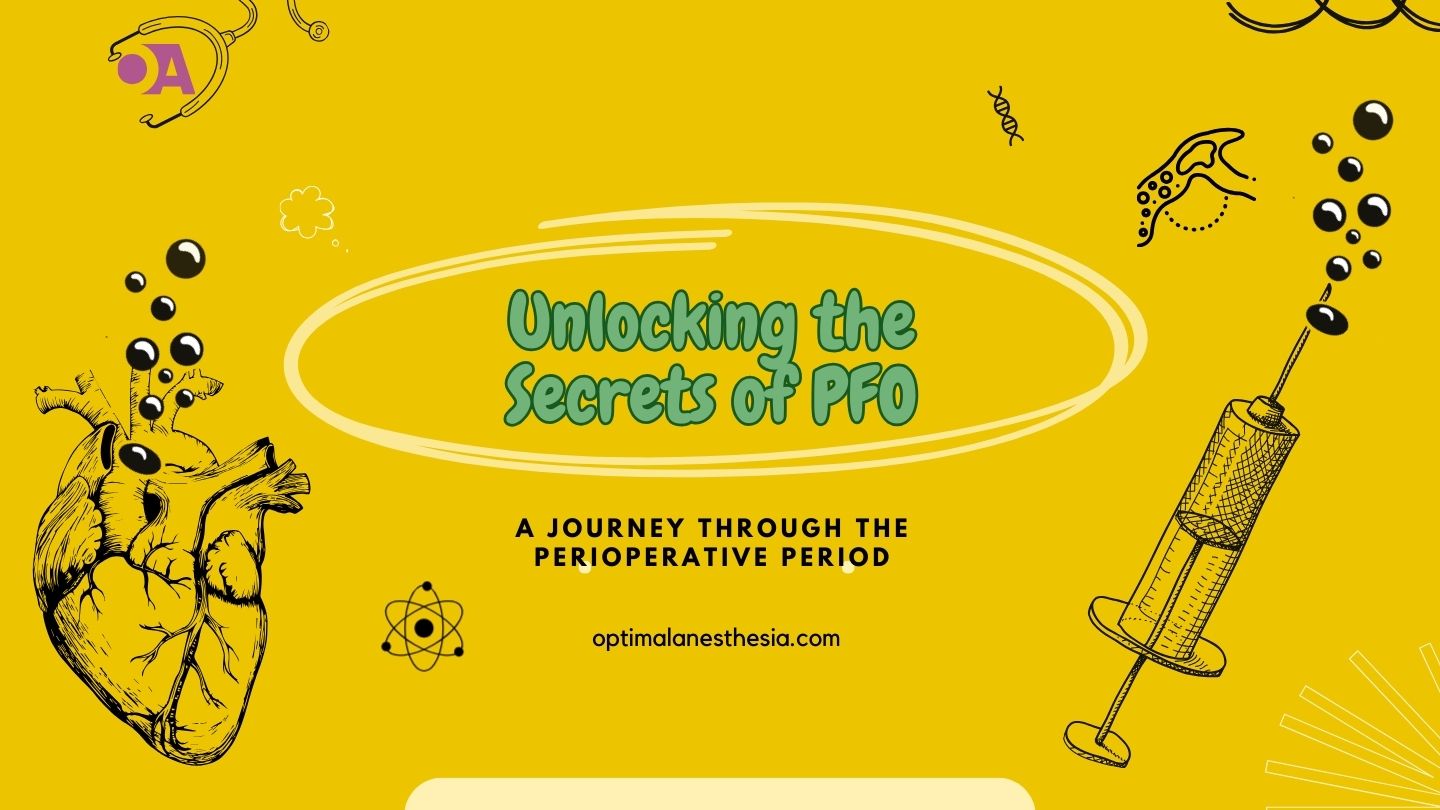Airway Management in Endoscopy suite
In GI endoscopy, the rising use of propofol sedation intensifies the challenge of hypoxemia. To ensure patient safety, diverse airway equipment is imperative, surpassing traditional methods like standard nasal cannulas. Preventing life-threatening hypoxemia during GI endoscopy is paramount. Recognizing the limitations of conventional approaches highlights the critical role of specialized airway equipment, particularly continuous positive … Read more





